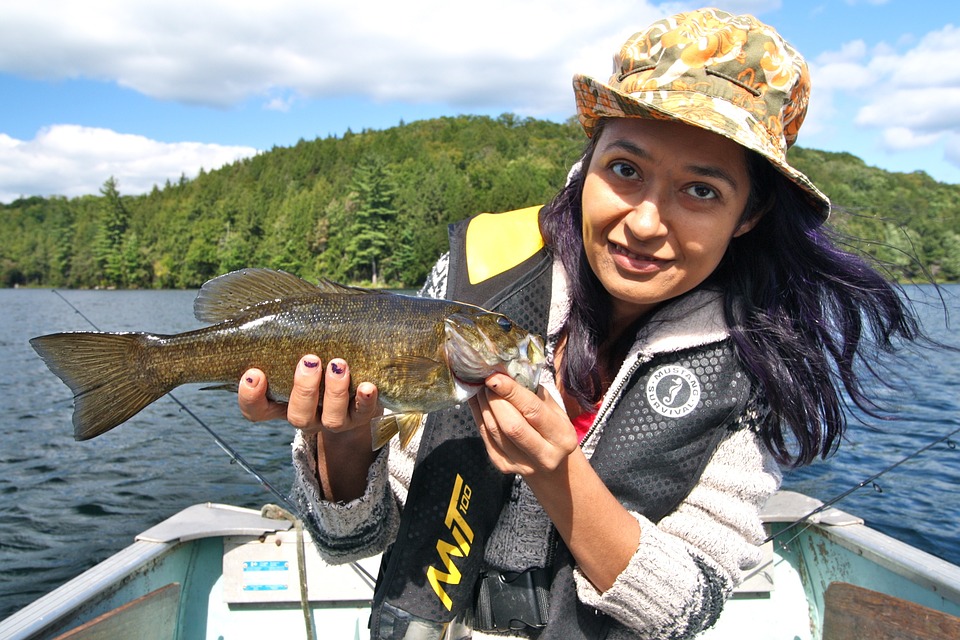Keeping fish as pets can be a rewarding experience, but it also comes with its own set of challenges. One common issue that fish owners may face is gill fluke infestation. In this comprehensive observation, we will delve into what gill flukes are, how they affect fish, and most importantly, how to prevent and treat this condition to ensure the health and well-being of your fish.
Gill flukes, also known as Dactylogyrus and Gyrodactylus, are tiny parasitic worms that attach themselves to the gills of fish. These parasites feed on the blood and tissue of the fish, causing damage and distress. The signs and symptoms of gill fluke infestation include labored breathing or gasping at the water’s surface, excessive mucus production, red or swollen gills, flashing or rubbing against objects, loss of appetite, and lethargy.
Gill flukes can enter your fish tank through various means, such as the introduction of infected fish or plants, poor water quality and inadequate filtration, stressful environmental conditions, overcrowding, and lack of proper quarantine procedures. To prevent gill fluke infestation, it is essential to quarantine new fish and plants before introducing them to your main aquarium. This will help prevent the spread of any potential parasites, including gill flukes. Quarantine should typically last for a minimum of two weeks.
Maintaining excellent water quality is crucial for preventing gill fluke infestation. Regularly test the water parameters, perform partial water changes, and ensure efficient filtration to keep the environment healthy and disease-free. Additionally, reducing stress is important as it weakens the immune system of fish, making them more susceptible to gill flukes. Avoid sudden changes in water temperature, maintain a stable pH level, provide hiding spots, and minimize any disturbances in the aquarium environment.
When faced with a gill fluke infestation, several medications can effectively treat the condition. It is important to consult with a veterinarian or aquatic specialist to identify the appropriate medication and follow the instructions carefully. However, it is worth noting that some medications may be harmful to certain fish species or sensitive plants.
In conclusion, understanding gill flukes and their impact on fish is crucial for every fish owner. By being proactive in preventing and treating gill fluke infestation, you can ensure the health and longevity of your fish. Remember to consult with experts and professionals for accurate diagnosis and treatment options. While it is challenging to completely prevent gill fluke infestation, following proper quarantine procedures, maintaining excellent water quality, and reducing stress levels can significantly minimize the risk.









